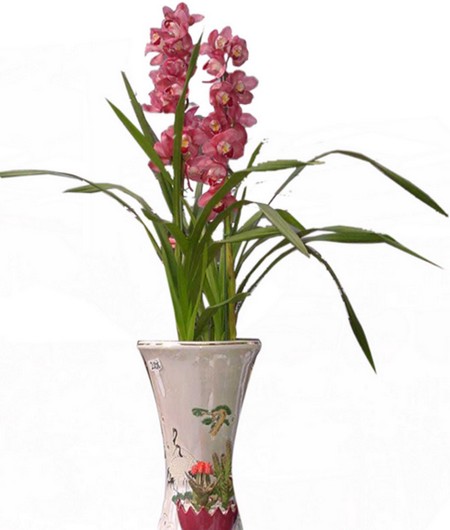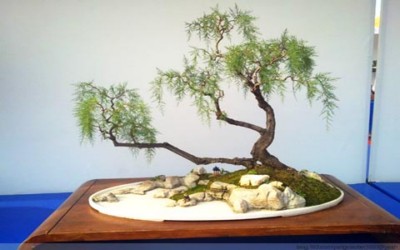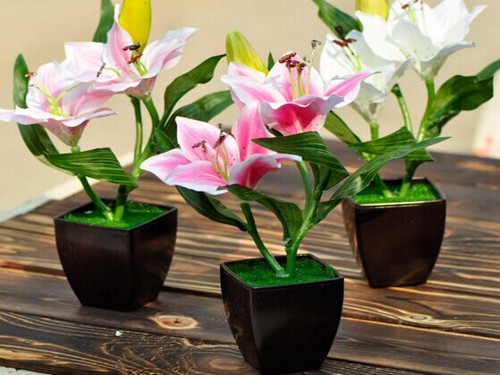Leaf treatment in the maintenance of potted Flowers
If potted plants are not properly managed, their leaves will turn yellow, scorched and curled. The change of the blade can be used as the basis for analyzing the problems existing in the maintenance work, and corresponding measures can be taken accordingly. The conservation of potted flowers: leaf treatment.

1. The young leaves turn yellow, or the lower leaves curl and wither and keep falling:
It is usually caused by too much watering. Watering potted flowers should be "dry and wet". If there is stagnant water in the flowerpot, the time should not exceed half an hour, otherwise the health of the root system will be affected. Sometimes, the young leaves of potted flowers turn yellow because of the lack of certain nutrients. Although the leaves turn yellow, the veins are still green, which is caused by iron deficiency. At this time, you can apply some ferrous sulfate. With 3 parts of silty soil and 1 part of rotten nitrogen and phosphate fertilizer sold in the market, the effect is also acceptable.
2. The old leaves turn yellow and the new leaves grow very small:
This is due to the lack of nitrogen or phosphorus and potassium in the basin soil. You can apply some mature organic fertilizer or commercial flower fertilizer tablets to supplement nutrients.
3. The tips of young leaves are withered and scorched.
Check to see if the potted soil is too dry, or the light is too strong, and the temperature is too high to burn the plants.
4. The top of the new shoot shrinks, the young leaves are yellowish, and the old leaves are dark yellow.
Most of this is caused by stagnant water and hypoxia and root rot in the basin soil, so we should loosen the soil and stop fertilizer and control water immediately.
5. The edge of the leaf is scorched.
It is often caused by too much fertilization and improper watering. The basin soil can be washed with clean water many times to make the fertilizer dissolved in the water flow out along the drain hole.
Pest control:
1. Soak 0.5 kg of plant ash with 2.5 kg of water for 24 hours and spray its filtrate to kill aphids such as plum blossom, rose, pomegranate and so on.
2. Spraying with 0.1% baking soda solution can control powdery mildew of rose, chrysanthemum, impatiens, hibiscus, melon and leaf chrysanthemum and other flowers, and the prevention and treatment rate can reach more than 80%.
3. Spraying Baoye fertilizer with 2% urea + 0.1% foliar fertilizer every 10 days for 2 to 3 times can kill aphids, red spiders and other pests on flowers and trees.
4. Dipping cotton balls in vinegar and gently rubbing them on the camellia leaves can not only kill shell insects, but also turn green the leaves that have been damaged by shell insects.
5. Wipe the leaves of orchids repeatedly with alcohol to get rid of the scale insects.
6. The branches of the stump bonsai are rotten. The rotten part of the stump can be scraped off with a blade sterilized by iodine, then daubed with iodine, and then daubed once every 7 to 10 days to prevent further decay.
Time: 2019-06-02 Click:
- Prev

Maintenance methods of strange willow bonsai
Tamarix, alias weeping willow, Xihe willow, Xihu willow, red willow, Yin willow; Asclepiaceae, Tamarix deciduous small trees. The tender branches and leaves of Tamarix are traditional Chinese medicine. It is produced all over China. Rare or dry use. The branches of Tamarix are thin and soft, their posture is whirling, and they bloom like Polygonum polygonum, which is quite beautiful. Often planted for ornamental planting in the garden
- Next

Daily maintenance and management methods of lily bonsai
The lilies are used for viewing, especially the cut flowers from the Netherlands and Japan. The bulbs of lilies are rich in starch, and some of them can be eaten as vegetables. In China, eating lilies has a long history, and traditional Chinese medicine believes that lilies are slightly cold and flat, with the effects of moistening the lungs and relieving cough, clearing fire, calming the heart and calming the mind.
Related
- Fuxing push coffee new agricultural production and marketing class: lack of small-scale processing plants
- Jujube rice field leisure farm deep ploughing Yilan for five years to create a space for organic food and play
- Nongyu Farm-A trial of organic papaya for brave women with advanced technology
- Four points for attention in the prevention and control of diseases and insect pests of edible fungi
- How to add nutrient solution to Edible Fungi
- Is there any good way to control edible fungus mites?
- Open Inoculation Technology of Edible Fungi
- Is there any clever way to use fertilizer for edible fungus in winter?
- What agents are used to kill the pathogens of edible fungi in the mushroom shed?
- Rapid drying of Edible Fungi

